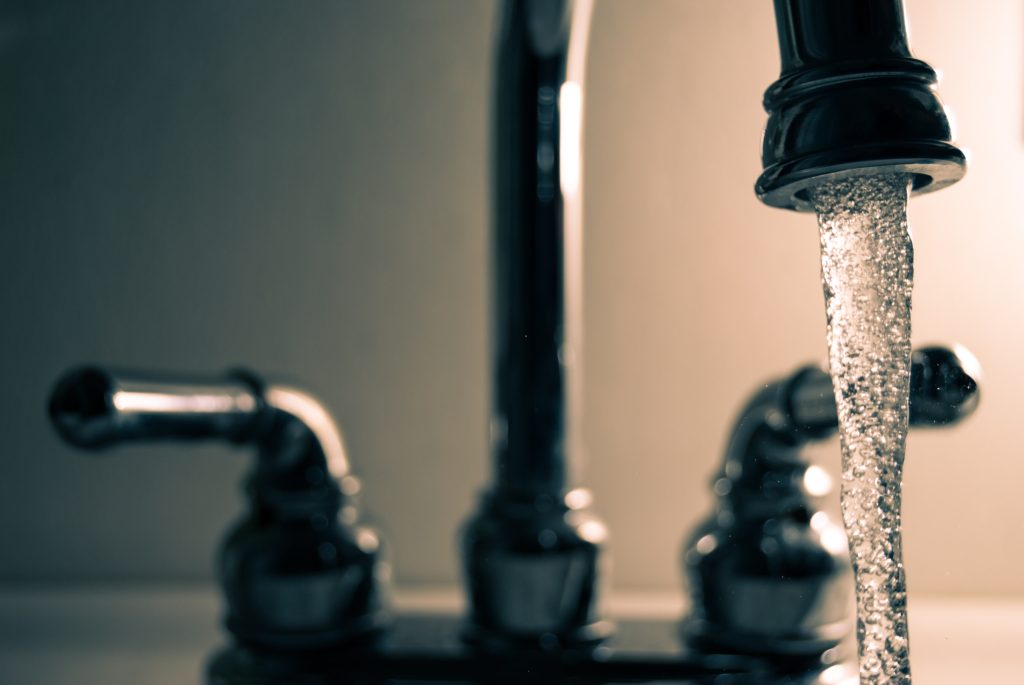
In all of the Acideka Group companies, as well as in each of our plants and offices, we are very conscious of this resource, as you would expect when our job involves treating it. We try to apply the same philosophy that we follow when it comes to looking after the environment and reducing the amount of waste generated: the 3 Rs rule (Reduce, Reuse, Recycle), in this case applied to water.
How to fight drought and save water in your company?
The first thing we try to do is reduce consumption, and key to this is proper maintenance of the facilities and the installations that distribute and use water within the factory. This, along with monitoring the consumption of mains water through the factory meters, helps us to detect the slightest leak and be able to act on it as quickly as possible.
Other actions we carry out:
- Efficient washing of the tanks when necessary, avoiding unnecessary washing.
- Testing equipment that uses water on a mass scale (such as the fire-fighting system, etc.) in recirculation to return the water to its mother tank.
- In products that support it, reusing packaging containers without having to wash them between uses.
- Optimised work instructions, indicating the amount of water to use when washing containers.
We reuse water within the facilities, creating closed loops that reconnect the outlet of the point at which the water is used with the beginning of the circuit. Here are some examples of this optimisation:
- We recover the condensates of the water vapour from the boilers that we use for heating in the various processes.
- Recovering the cooling water from the main manufacturing processes in the plant’s water consumption pool.
Lastly, we recycle the water, which in our case equates to the treatment we subject it to in our sewage treatment plant, which, after a physical-chemical treatment, allows us to return it to the river Ebro with a guarantee to minimise the factory’s impact on the environment.
For washing the tanks used for Acideka products, such as caustic soda, fresh water is used.
This fresh water is pumped to the upper part of the storage tanks and is blasted at high pressure onto the walls of these tanks, using a cleaning machine called Butterworth, which manages to eliminate all of the remaining product from the walls and bottom of the tank.
The storage tanks have a large capacity, with an approximate height of 25 metres, so a large amount of water is required to clean them.
To save water throughout the whole of this process, a closed circuit is made, in which the water that is blasted at the walls is collected from the bottom of the tank with a special pump and is pushed under high pressure to the top of the tank until it reaches the Butterworth, which blasts it once again at the walls and bottom of the tank, and so on until the tanks is deemed to be clean.
